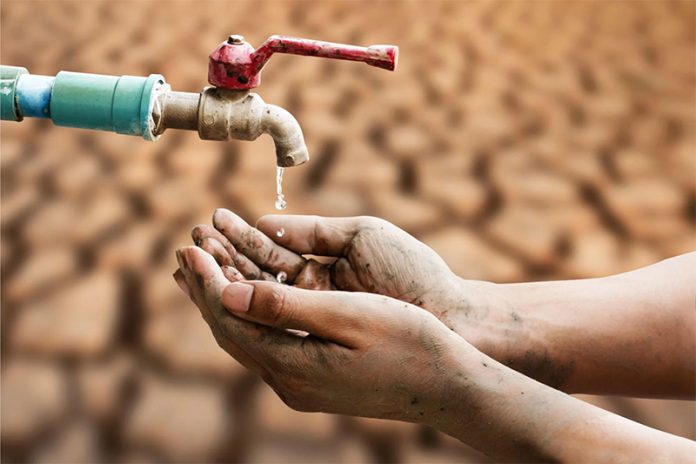Suhail Bhat
SRINAGAR, July 28: Amidst a relentless heat wave, Jhelum river in the Valley has plummeted to its lowest level in a decade, causing severe shortages of both irrigation and drinking water.
The extreme heat, coupled with a significant rainfall deficit, has caused the Jhelum river, the region’s main water source, to drop to a historic low.
Follow the Daily Excelsior channel on WhatsApp
At Sangam, the reference point for measuring the river’s water level, the river has fallen to 0.66 feet. This drop has left the riverbed desolate and barren in many areas, presenting a troubling sight for residents who rely on the Jhelum for both irrigation and drinking water.
“This is a disaster. We can only hope for precipitation, which will provide only temporary relief as the water level should be above 3 feet,” an official said.
Data from the Meteorological Department shows a decrease in precipitation, with rainfall deficits reaching 75% to 80% in July and 45% to 50% in June across most districts of the Kashmir Division. This has led to a cumulative rainfall shortfall of 27% for the year in Jammu and Kashmir, raising concerns about potential long-term water shortages and agricultural disruptions.
The drop in water levels has rendered many irrigation pumps non-functional, leaving farmers particularly affected and unable to irrigate their crops. This has resulted in cracked rice fields due to inadequate water supply. According to the Irrigation and Flood Control Department, 72 out of 394 vertical irrigation projects in the Valley are non-functional, exacerbating the crisis.
The districts of Pulwama, Budgam and Kupwara are the hardest hit, with impacts on their agricultural activities. “This is a recurring problem now and the Government needs to find a permanent solution rather than blaming the weather. For the past decade, we have been facing the same issue, and if the situation continues, people will lose interest in agriculture,” Arshid Ahmad, a farmer from Kakapora said.
The Marwal Irrigation Scheme, which serves several areas in south and central Kashmir, is operating well below its required level, affecting 400 hectares of paddy fields. Uncontrolled sand mining near pump stations has led to riverbed erosion, increasing the depth of the riverbed and causing frequent pump breakdowns.
“The depth of the riverbed has increased, causing minimal discharge from the Jhelum to flow on the opposite side of the pump station. This has led to overloading and frequent breakdowns of the pumps,” an official said.
In response, the Irrigation and Flood Control Department has implemented mitigation measures, including deploying additional pumps and constructing ring bunds to manage the situation. “The decline in water levels has affected nearly 20% of the irrigation capabilities while managing to keep nearly 75% operational,” said Mifta Alam Buch, Technical Officer of the Irrigation and Flood Control Department.
Streams that normally flow abundantly at this time of year, such as Rambi Ara, Romshi, Laar and Vushow, are nearly dry, which may have long-term consequences for local vegetation and agriculture. The heat wave has also led to significant crop damage, with the Valley experiencing its highest maximum temperature in 40 years in July.
The drastic drop in water levels has rendered all water supply schemes on the Jhelum non-functional, causing severe shortages across many areas of the Valley. The worst-affected regions, stretching from Sangam to Bandipora, are facing acute drinking water shortages. Residents in Baramulla, including Khojbagh, Jetty, Sherwani Colony, Singabagh and Monga Colony, are particularly struggling. “We are enduring immense difficulties in accessing drinking water. It has become a daily struggle even to wash or bath, and it seems that the administration is not addressing our concerns effectively,” Asiq Ahmad, a resident of Naseerabad Sopore, said.


